Fiat 131 Abarth Rally Stradale
The story of the ugly duckling that becomes a pretty swan also applies to automobiles on rare occasions. One example would be the Fiat 131. In its basic version as a classic sedan, this lower mid-range vehicle could hardly be more trivial. Even as a two-door sedan or as a station wagon named ‘Familiare’ the enthusiasm of the viewers rises only in the non-measurable range. However, Fiat had decided to use exactly this well-behaved family car as basis for a rally version in the Group 4. Thus it was to inherit both the Fiat 124 Spider Abarth and the successful Lancia Stratos HF. A difficult legacy, considering the base car. However, the sports department founded by Carlo Abarth and taken over by the Fiat Group in 1971 was known for unusual concepts.
Various body attachments
Abarth Corse received for the 1976 season thus the order to cover the rally activities of the Fiat Group centrally and together. Hence also the decision to build a single successor vehicle for 124 Spider and Stratos in the form of the Fiat 131. Under the direction of Aurelio Lampredi, development engineer Sergio Limone and his team of almost 100 people set to work. The two-door sedan was chosen as the basis, but Bertone made various changes to its bodyshell. For example, a front spoiler lip was developed in the wind tunnel, which merged seamlessly with the front wheel arch extensions. The rear fenders were also widened to make room for larger 15-inch wheels. While the angular bumpers were dropped for weight reasons, a roof spoiler and rear spoiler lip now provided more downforce. Air intakes in front of the rear wheels provide airflow to the braking system. An air scoop in the hood does the same to the engine.




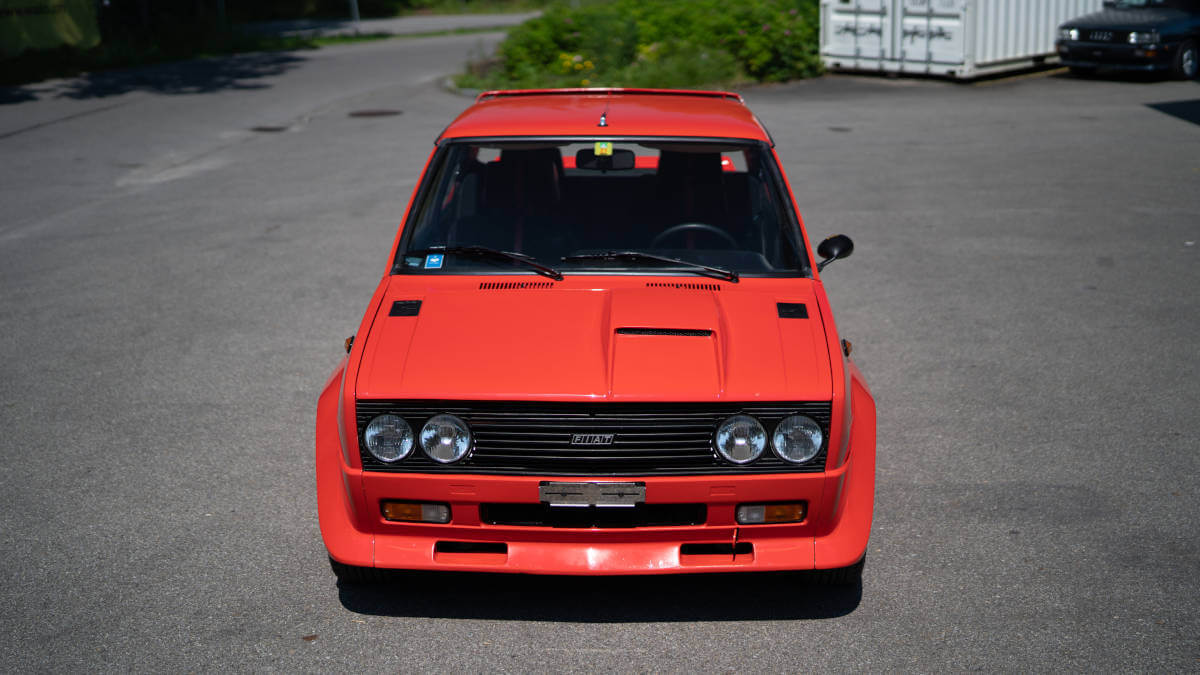



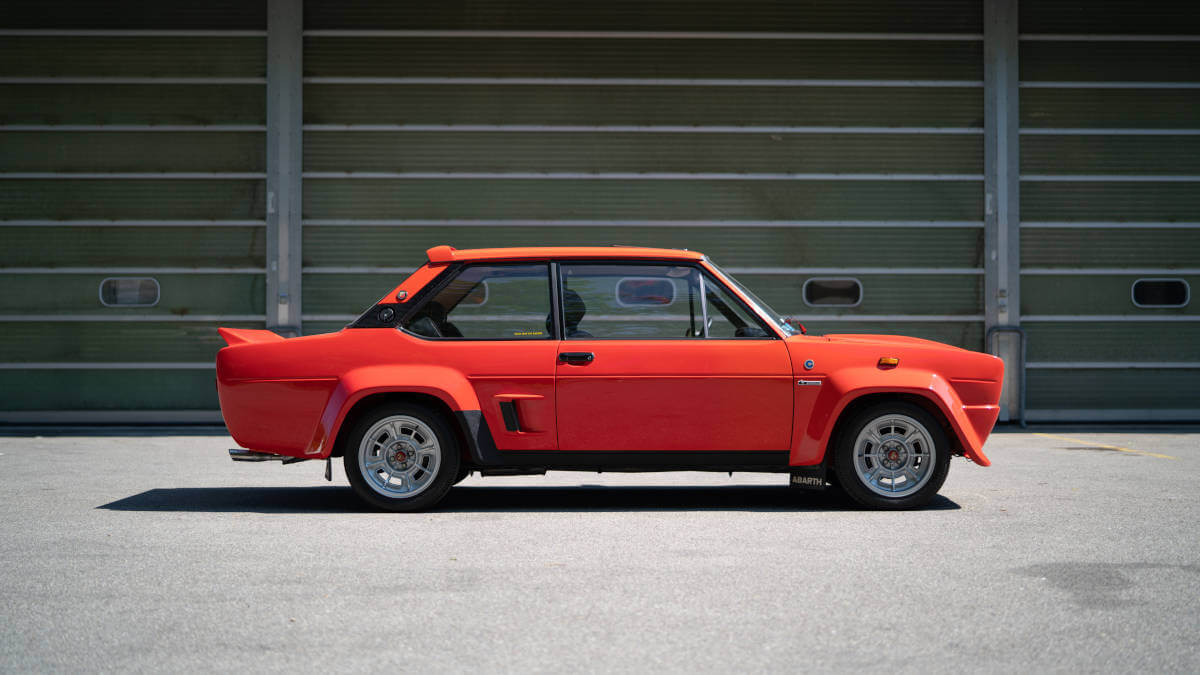



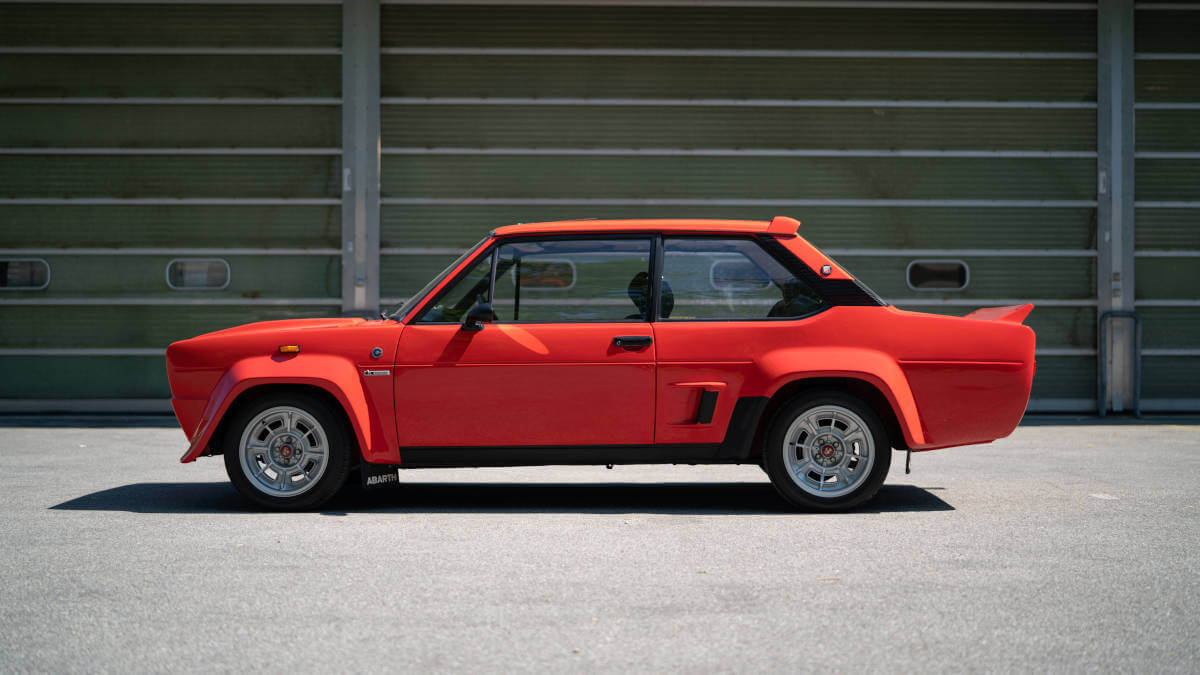







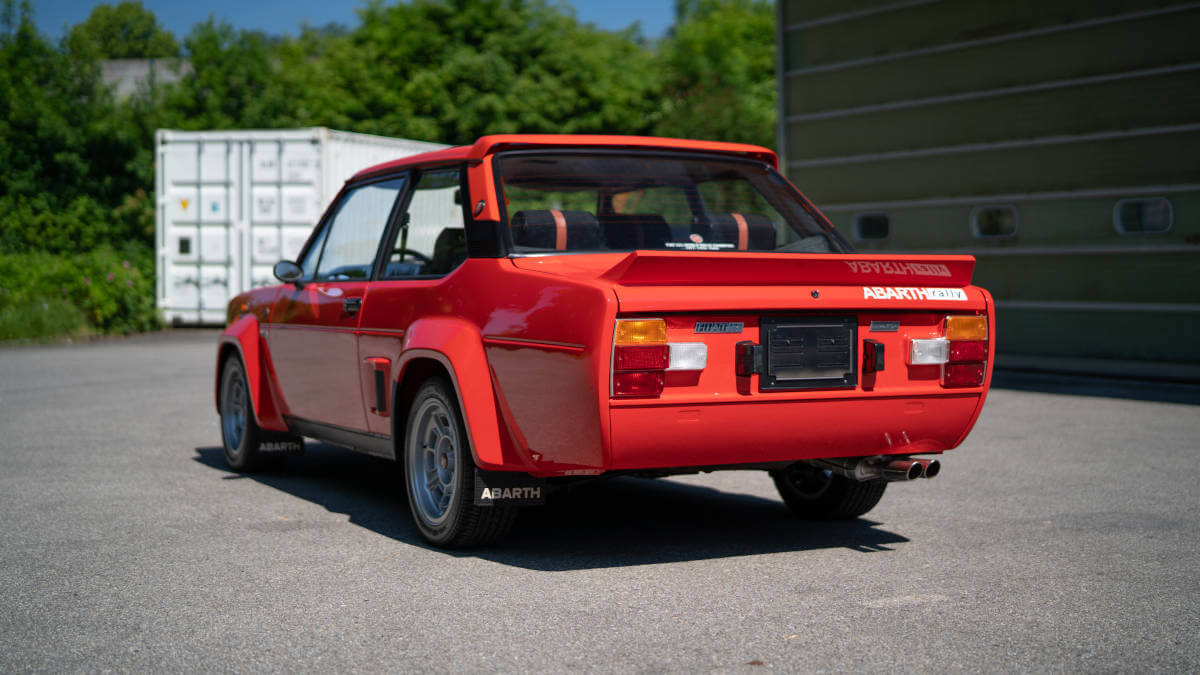







400 units needed for homologation
Of course, the development of the 131 Abarth Rally wasn’t just about wide wheel arches and spoilers. To be able to compete competitively in rally events, lightweight construction and performance were also in the specifications. The aforementioned add-on parts developed by Bertone were made of plastic. The same applied to the hood, the tailgate and the entire fenders. Meanwhile, the doors were made of aluminium and the side and rear windows of Plexiglas. As a result, Abarth Corse achieved an unladen weight of just 950 kilograms for the rally car. With four seats, carpet and some sound insulation, the road version came to around 1,020 kilograms. The Stradale was required as a homologation vehicle in a minimum number of 400 copies to be able to use the 131 Abarth Rally in Group 4. The first customer cars rolled out to dealers in early 1976. Production at Bertone was based on bodyshells from the Mirafiori plant. Completely painted, the cars went back to Fiat’s Rivalta plant, where they were completed. The last examples were built until 1978.
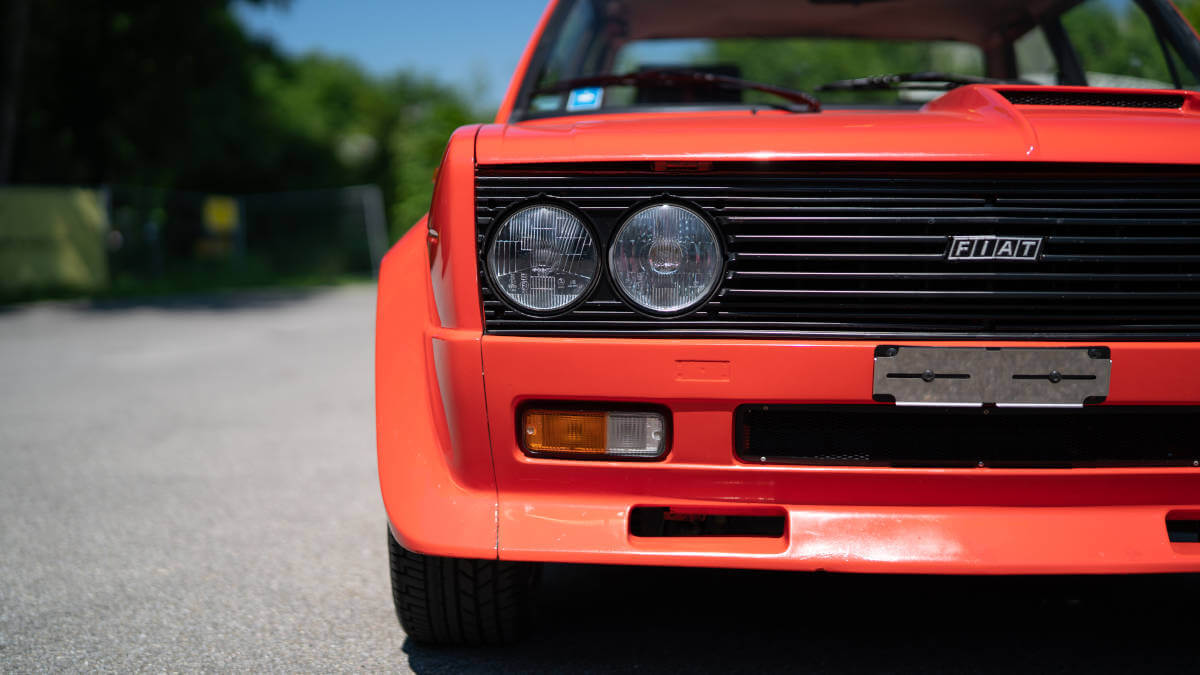



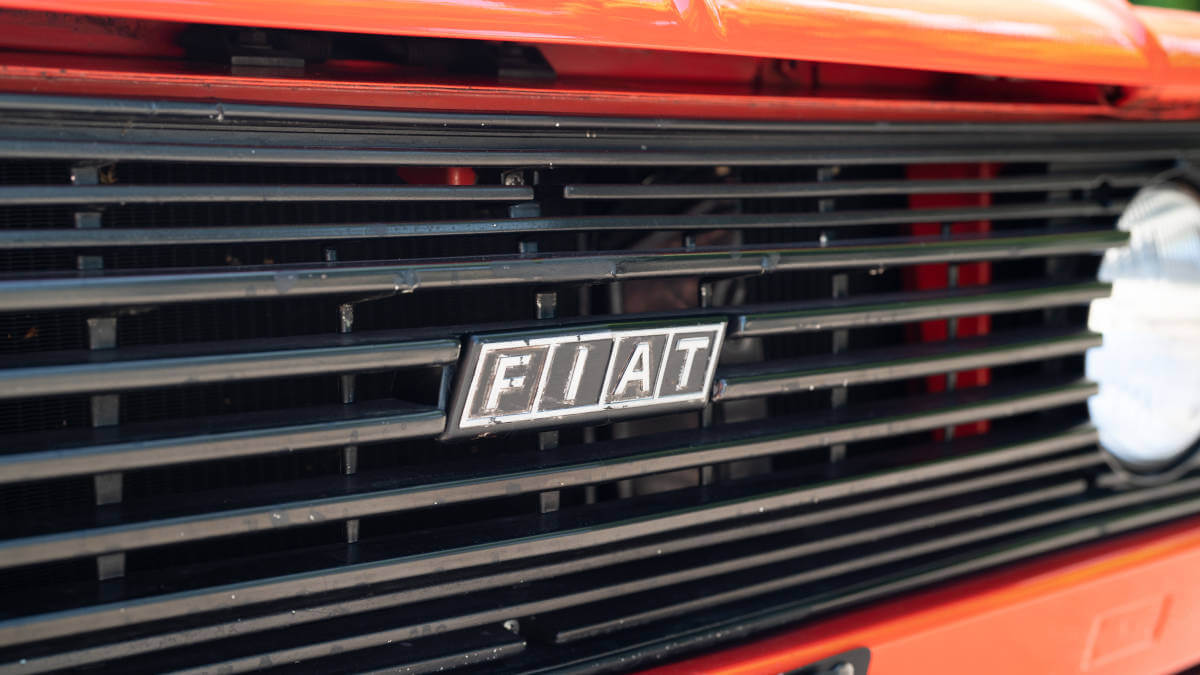







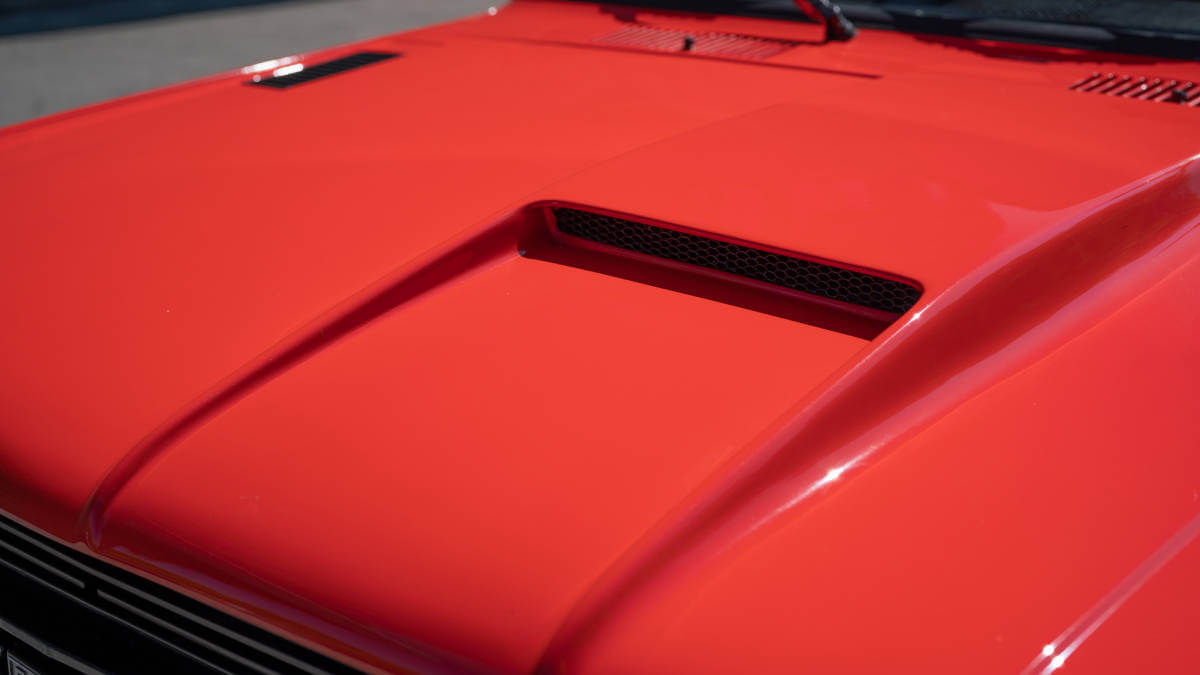















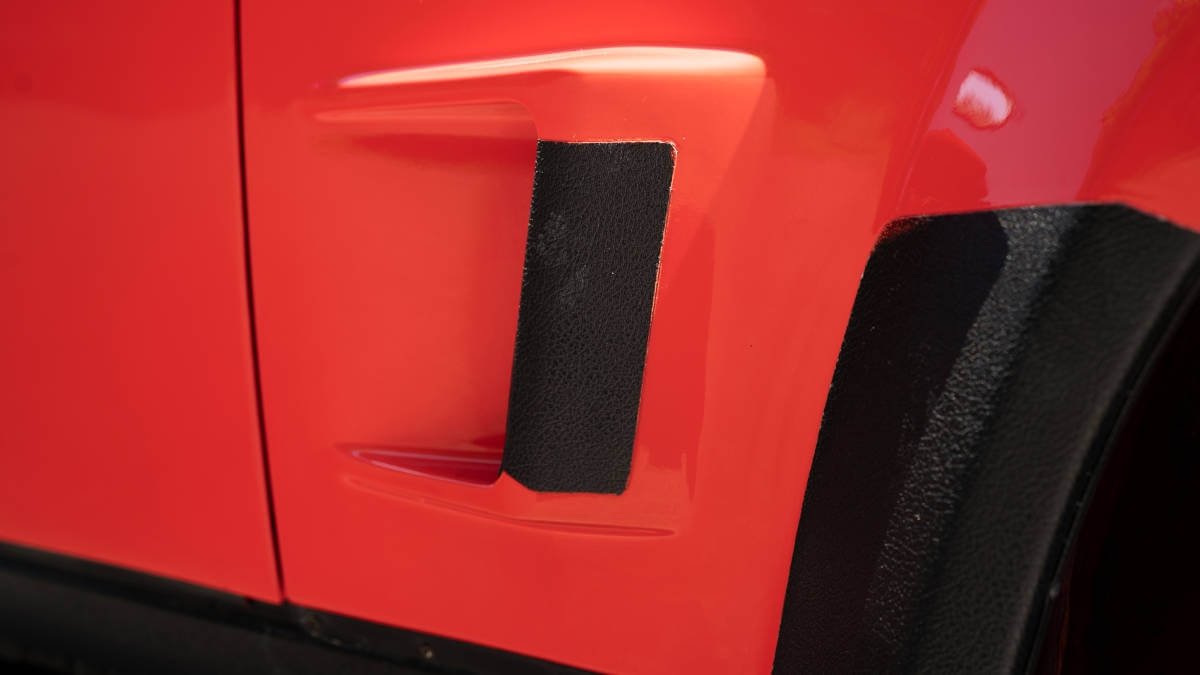











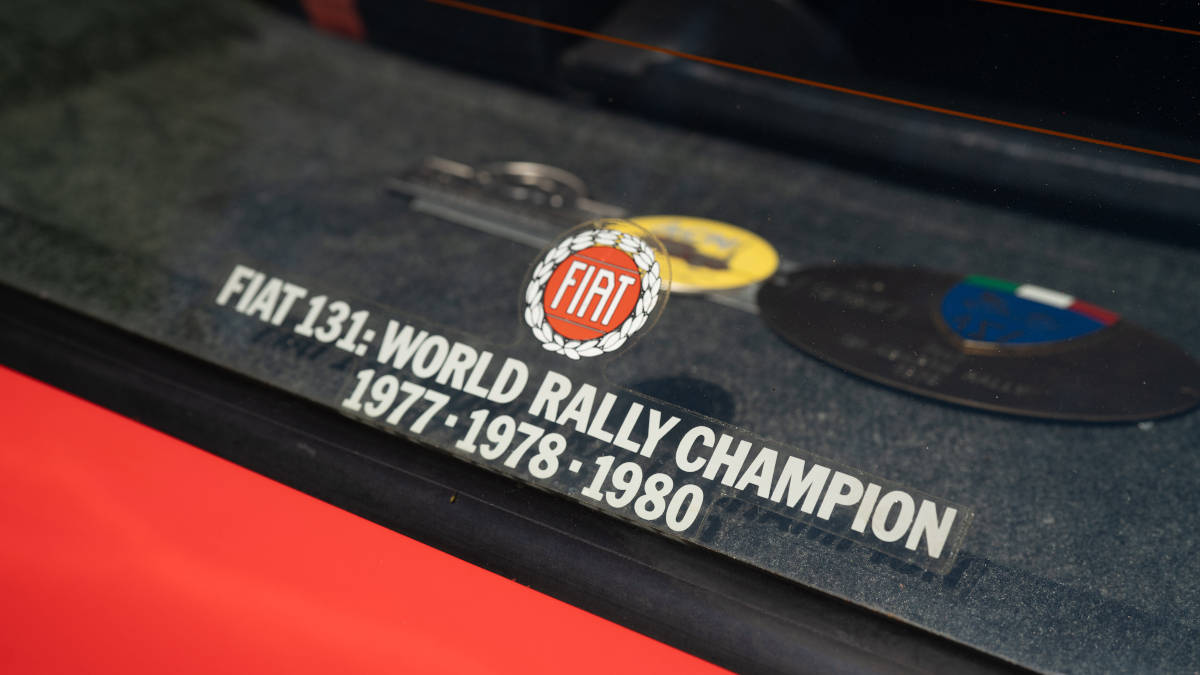







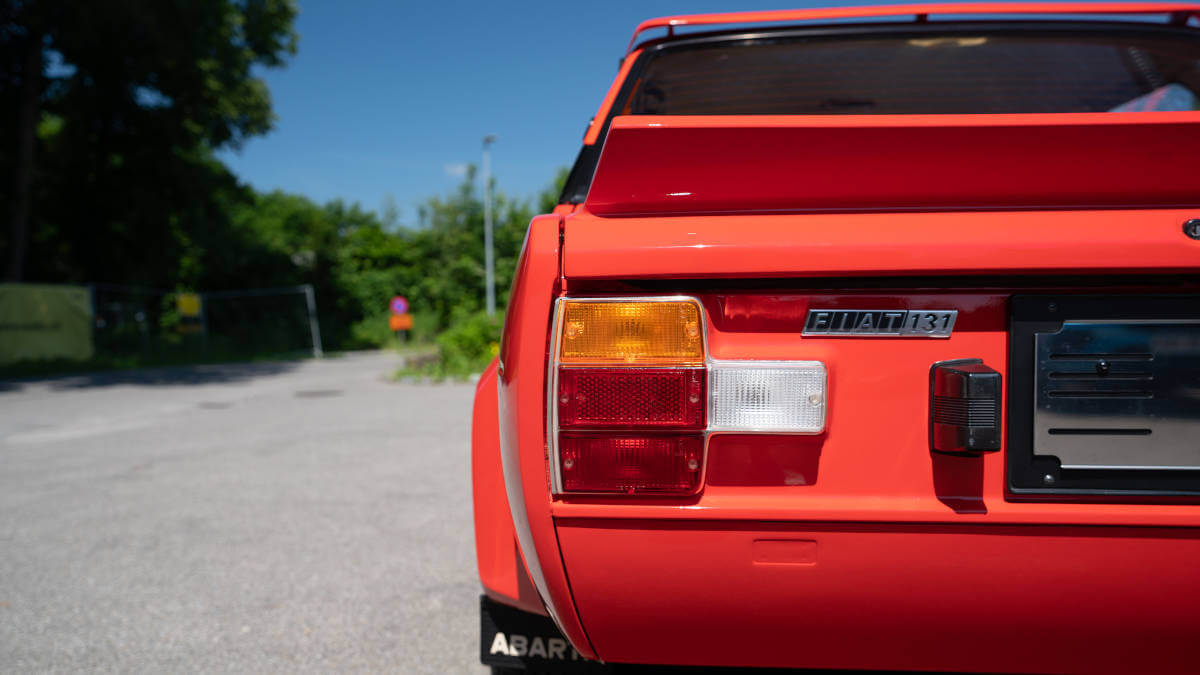



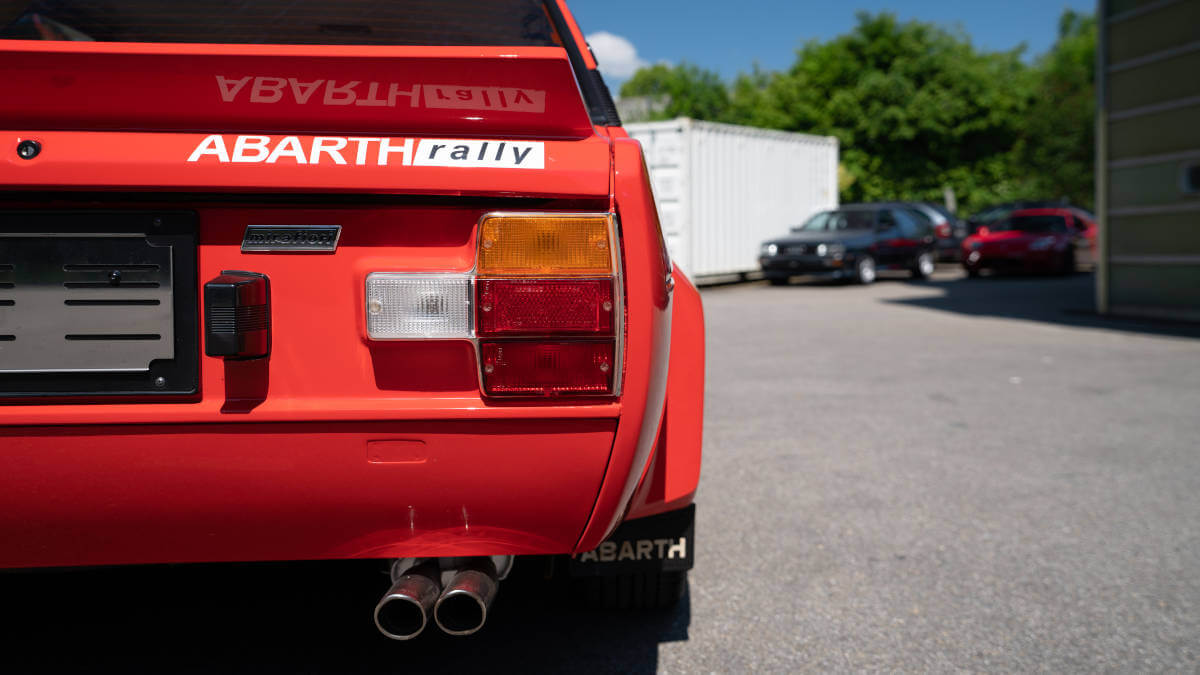



Up to 245 hp from two liters of displacement
To answer the question of sufficient power, Abarth installed a two-liter four-cylinder engine with an alloy cylinder head. This contained two overhead camshafts and 16 valves. A Weber twin carburetor provided the mixture preparation and 140 hp for the 131 Abarth Rally Stradale. For the rally version, Abarth Corse relied on a fuel-injected carburetor with an initial 225 hp. In subsequent years, the Italian team further developed the engine and installed a Kugelfischer injection system for a power increase to 245 hp. Both on the road and in competition, a five-speed manual transmission transferred power to the rear wheels. A rear-axle limited-slip differential was also used on the rally car. Unlike the normal 131, the Abarth Rally received MacPherson independent rear suspension. Röhrl in 1978 also brought Bilstein dampers to the team, making the car much more drivable. The only thing that was meager was the braking system of the Fiat 127 in the Stradale.
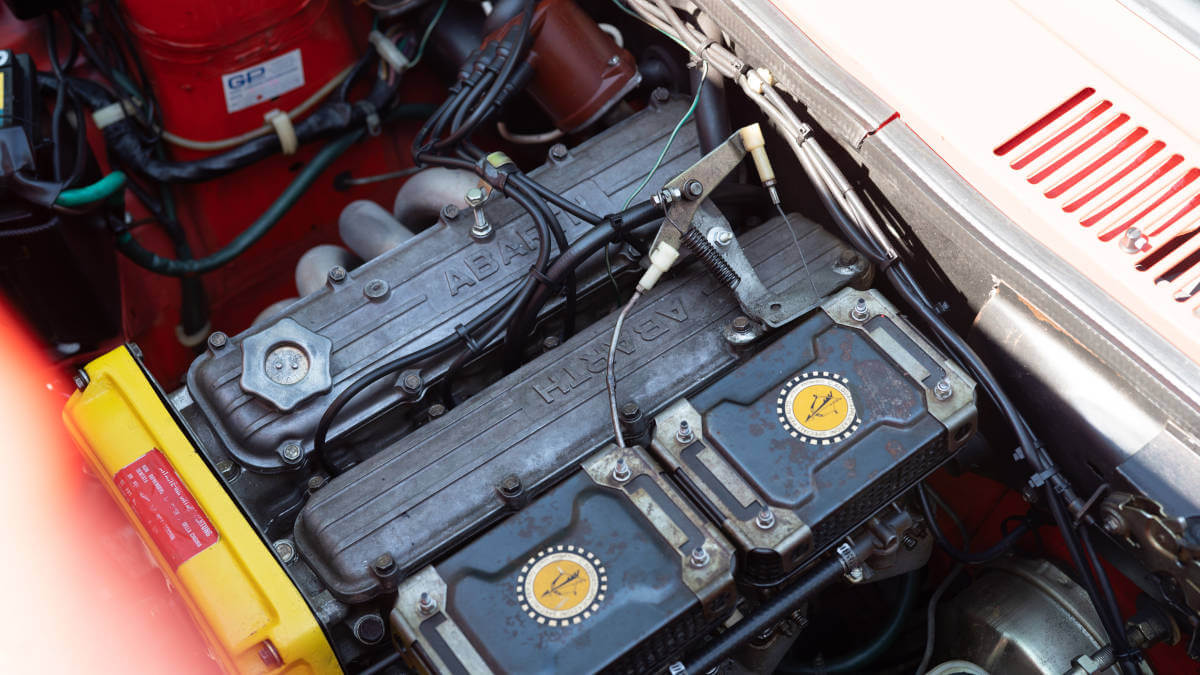



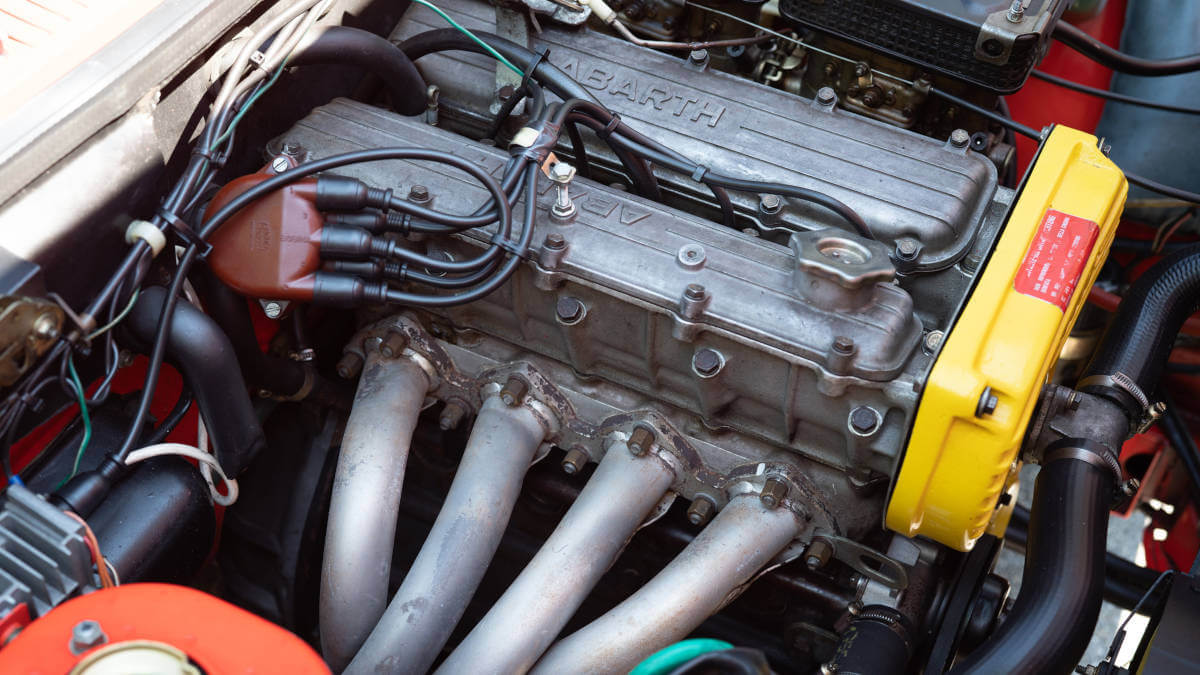











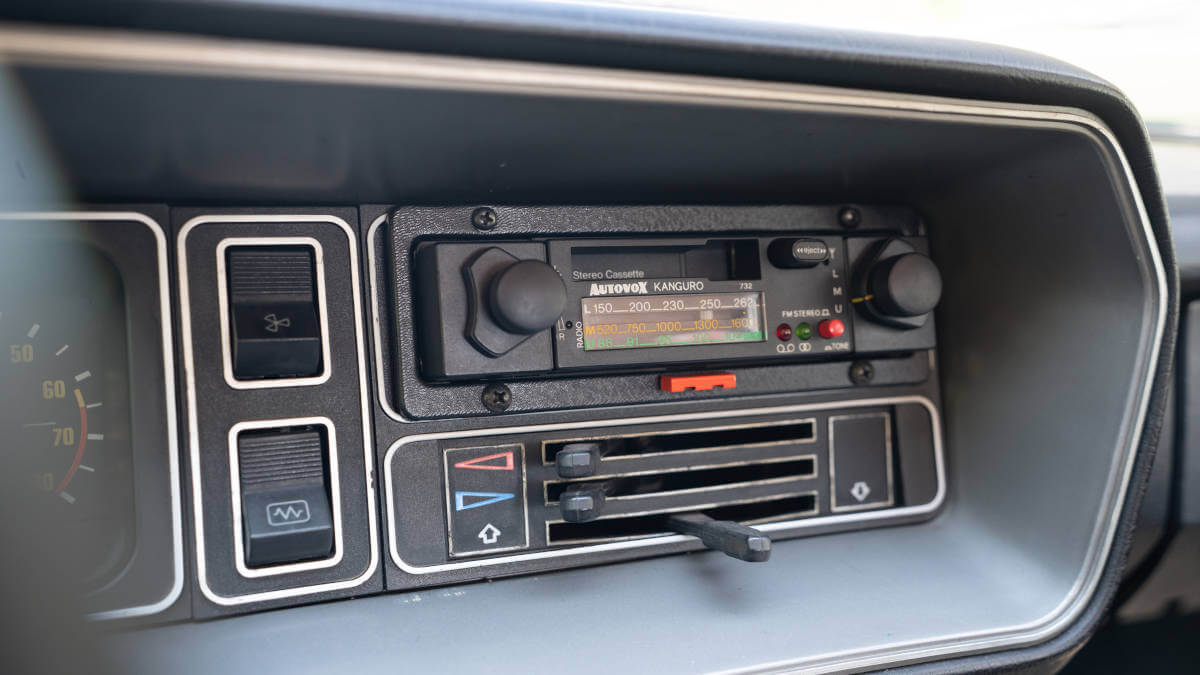



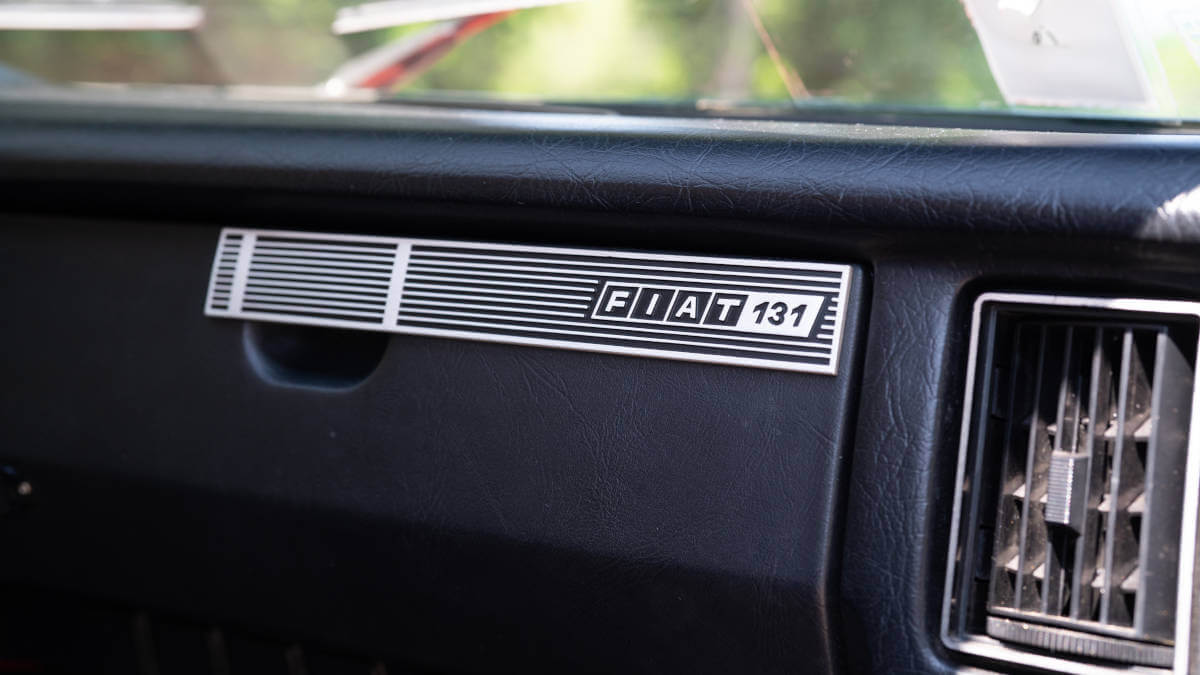



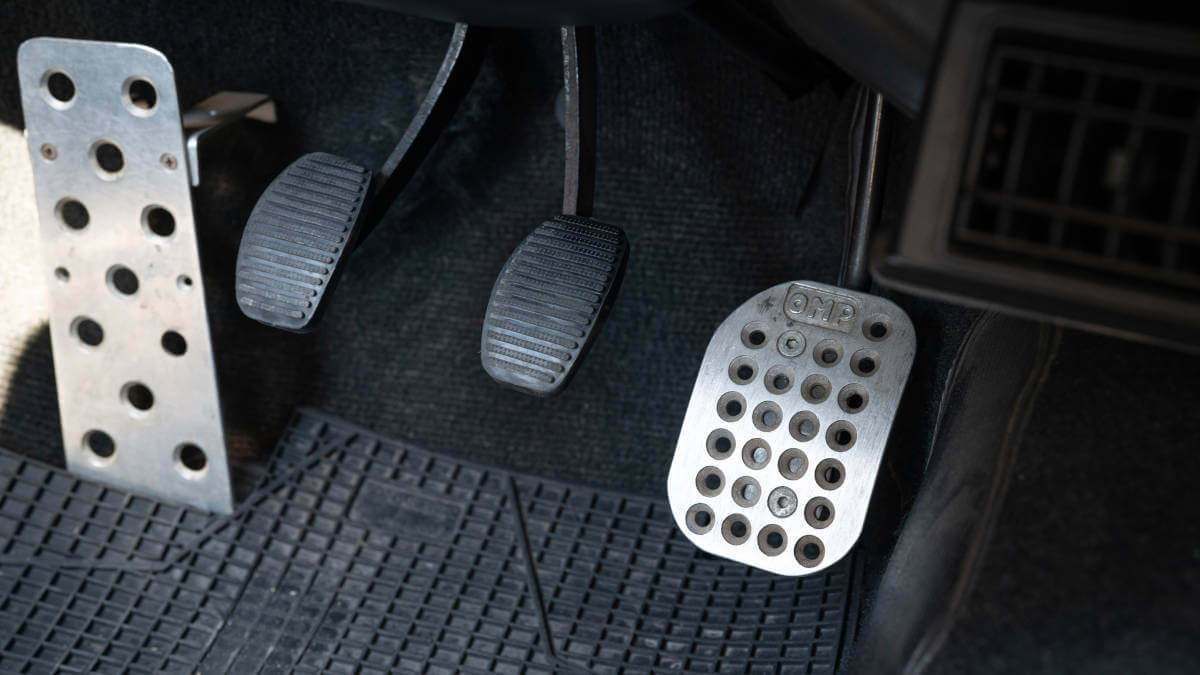







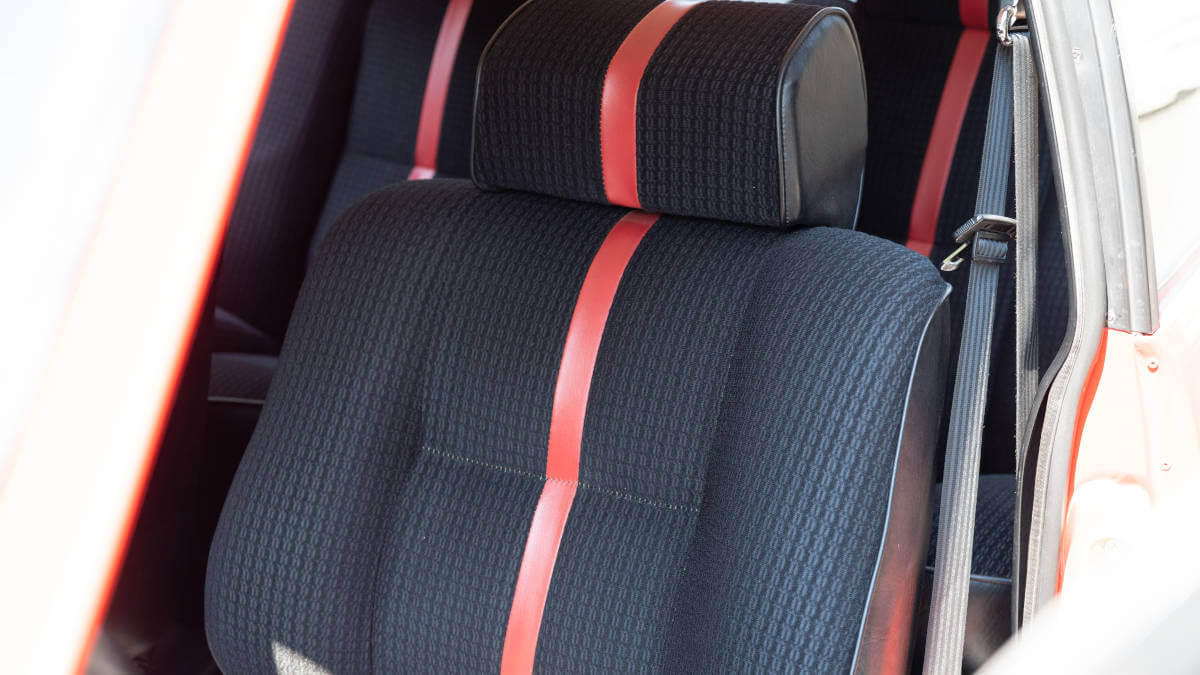



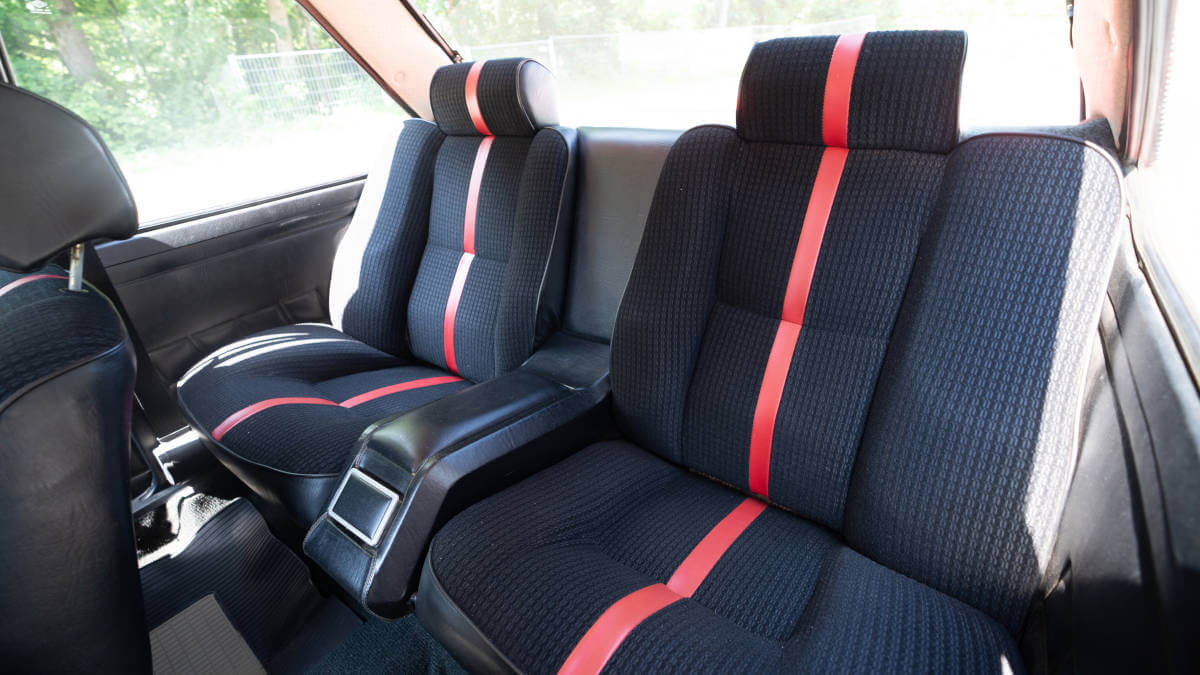



Very successful rally car
Despite the oil crisis, enthusiasm for motorsport events remained high in Europe. Fiat entered the new 131 Abarth Rally on a test basis in two events of the 1976 Italian Rally Championship. Then it competed in the European Championship and the World Championship. The model was particularly successful in the 1000 Lakes Rally in Finland, which local driver Markku Alén won a total of four times in a 131. 20 overall victories, including to 1-2 as well as five 1-2-3 victories, led to three manufacturers’ world championship titles in 1977, 1978 and 1980. In the latter year, Walter Röhrl and Christian Geistdörfer also won the drivers’ world title. In addition, there were European championships and national titles. Next to Röhrl and Alén, Björn Waldegaard, Sandro Munari, Michelle Mouton, Timo Salonen, Jean-Claude Andruet, Attilio Bettega and Bernard Darniche, among others, also drove 131s over scree, ice, mud, gravel and asphalt.
131 Abarth Rally Stradale at RM Sotheby’s
The various rally successes not only allowed Fiat to sell off the 400 examples of the 131 Abarth Rally Stradale, but also to increase the appeal of the normal 131. The sticker “Fiat 131: World Rally Champion 1977, 1978, 1980” was stuck on the rear windows and offered to existing customers on request. It can also be found, for example, on the 131 Abarth Rally Stradale offered by RM Sotheby’s. Painted in the typical “Rosso Arancio” color, this car left the factory in 1976 and had six different owners in Italy until 2019. It then moved to Switzerland and has since received service work worth more than CHF 47,000. In addition to the original instructions and various service invoices, the car is accompanied by an ASI (Automobili Storico Italia) certificate from 2000 and a current FIVA passport. RM Sotheby’s expects a hammer price between CHF 95,000 and CHF 150,000 on June 30.
Images: RM Sotheby’s




